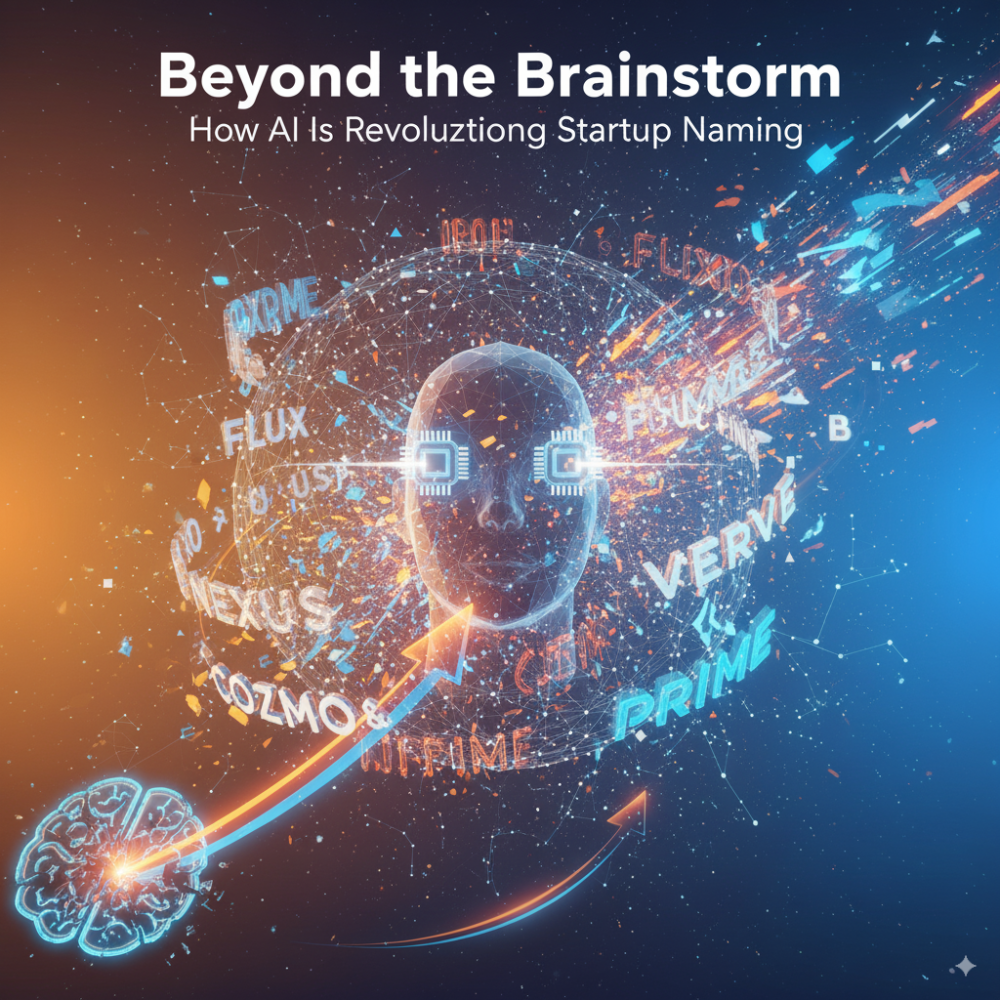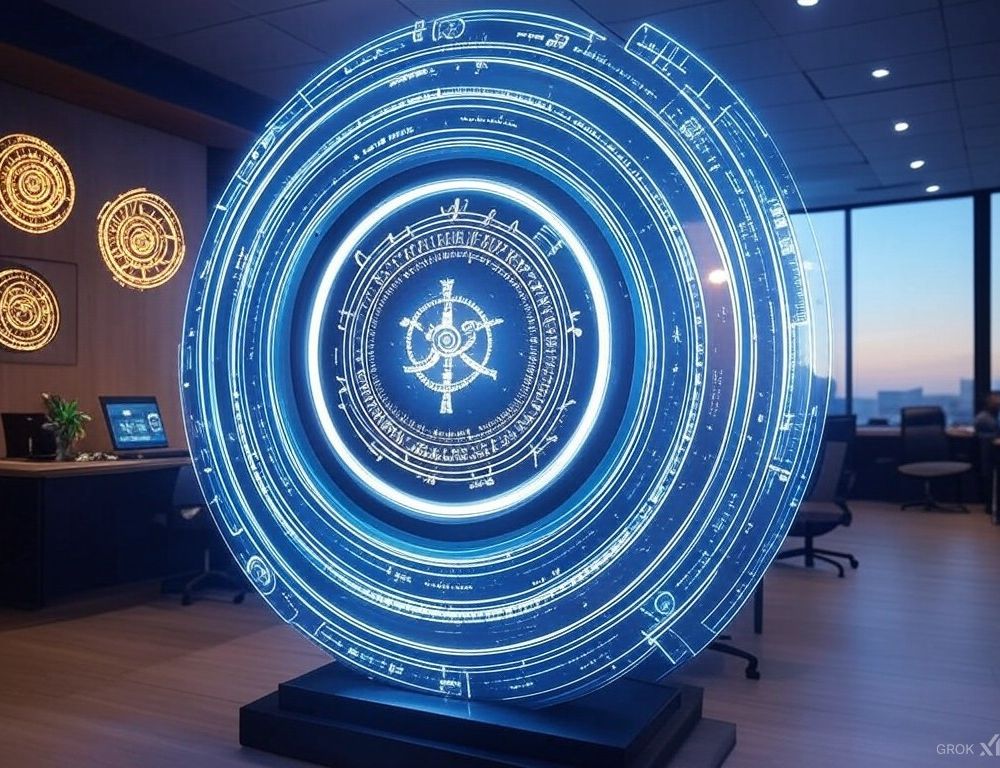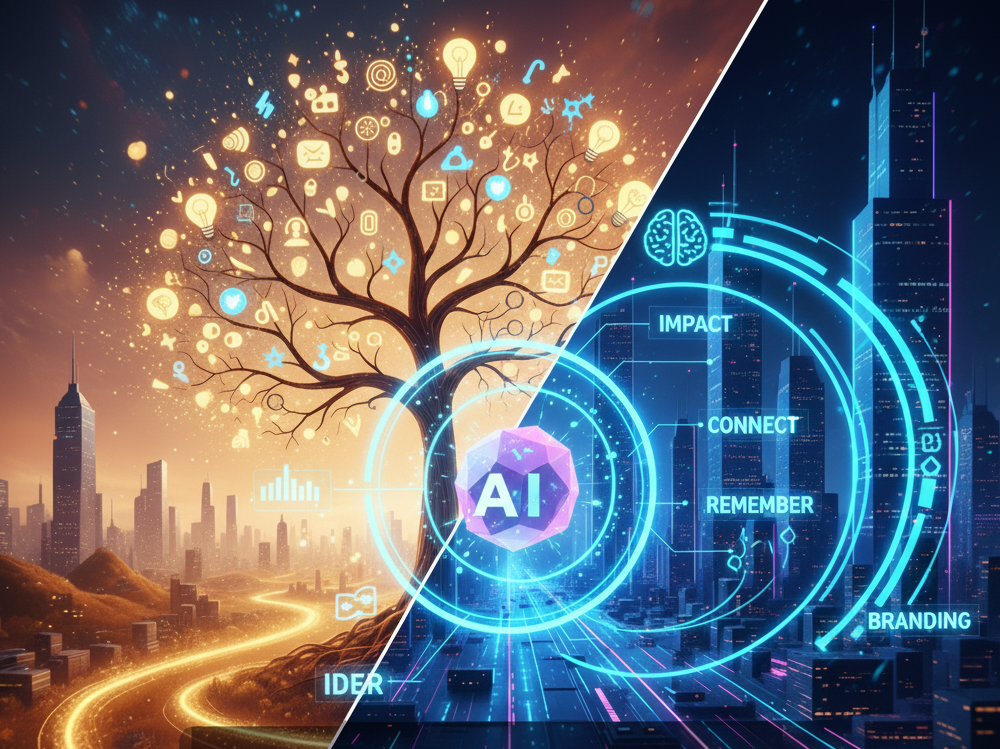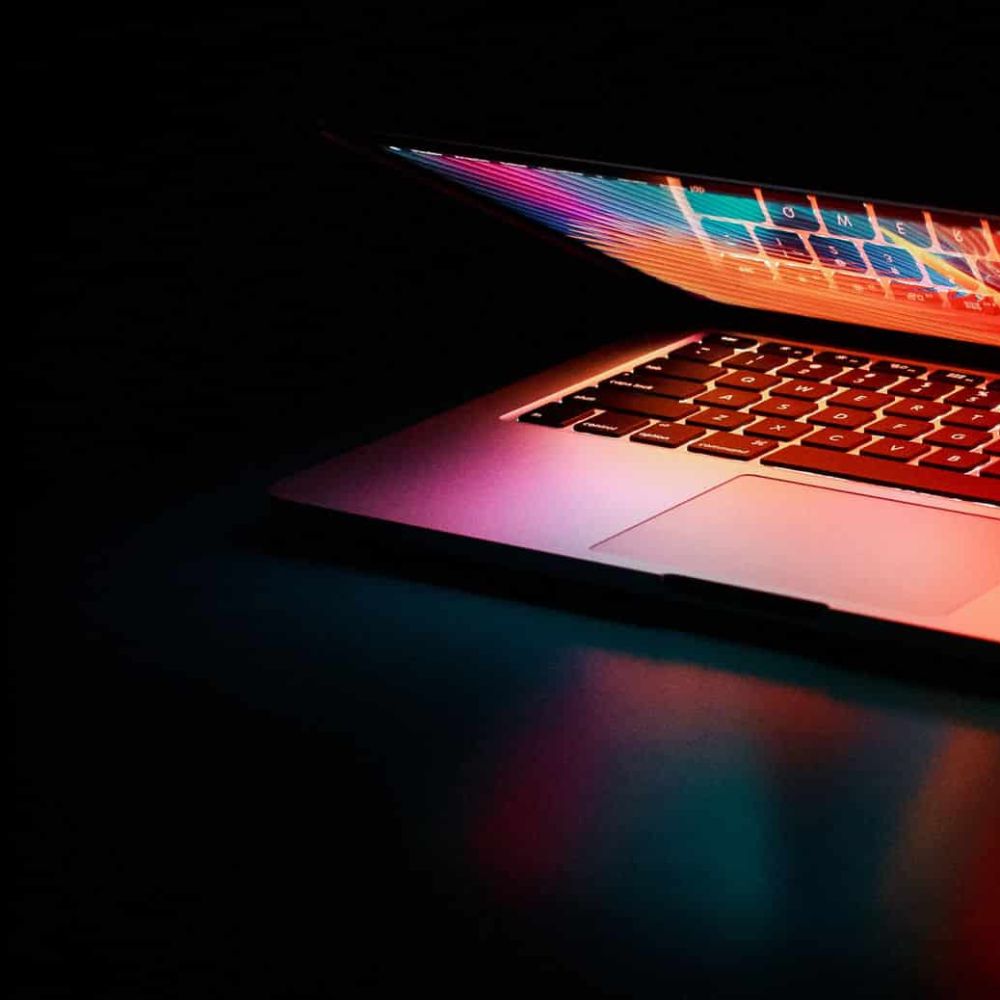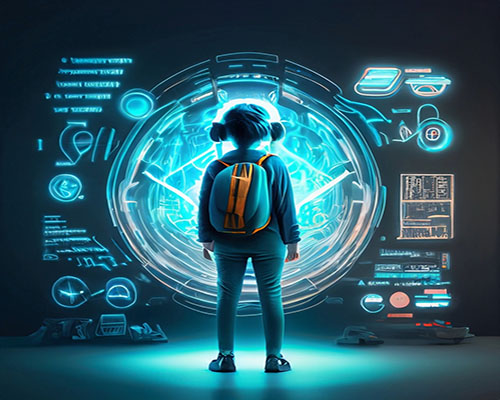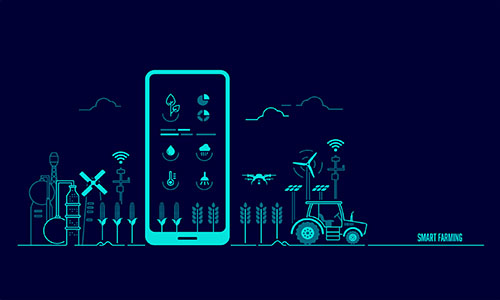The development of machines and robotics has had a profound impact on human society. These technologies have transformed the way we work, communicate, and interact with the world around us. From manufacturing to healthcare, transportation to entertainment, machines and robots are now an integral part of our daily lives. In this article, we will explore the history and current state of machines and robotics, as well as their future potential.
History of Machines and Robotics
The use of machines dates back to ancient times, with inventions such as the wheel and lever being crucial to the development of early civilizations. However, it was during the Industrial Revolution of the 18th and 19th centuries that machines began to play a dominant role in industry and manufacturing. The introduction of steam power, the assembly line, and other technological advances allowed for mass production and paved the way for the modern factory.
The field of robotics emerged in the mid-20th century, with the development of the first industrial robots by George Devol and Joseph Engelberger. These machines were designed to perform repetitive tasks in factories, such as welding and painting, and were controlled by a computer program. As technology improved, robots became more sophisticated, with the ability to perform complex tasks and interact with humans in new ways.
Current State of Machines and Robotics
Today, machines and robotics are used in a wide range of industries, from manufacturing and logistics to healthcare and education. In manufacturing, robots are used for tasks such as assembly, inspection, and packaging, while in logistics, they are used for warehousing and order fulfillment. In healthcare, robots are used for surgery, rehabilitation, and even companionship for the elderly. In education, robots are used to teach programming and other STEM subjects to children.
The use of artificial intelligence (AI) and machine learning has also enabled machines and robots to perform more complex tasks, such as image and speech recognition, natural language processing, and decision-making. These technologies are being used in fields such as finance, marketing, and customer service to automate processes and improve efficiency.
Future Potential of Machines and Robotics
As technology continues to advance, the potential for machines and robotics is almost limitless. In the future, we may see machines and robots that can learn from their environment and adapt to new situations, robots that can work alongside humans in a collaborative way, and even robots that can think and reason like humans.
One area of research that is particularly promising is soft robotics, which uses flexible materials to create robots that can move and interact with the environment in a more natural way. These robots could be used for tasks such as search and rescue, exploration, and even medical procedures.
Another area of potential is in the development of autonomous vehicles, which could revolutionize transportation by reducing the need for human drivers and improving safety on the roads. In addition, the use of robots in space exploration could enable us to explore new frontiers and gather data that is difficult or impossible for humans to obtain.
Conclusion
Machines and robotics have come a long way since their early beginnings, and their impact on society is only set to grow. From improving efficiency in manufacturing and logistics to transforming healthcare and education, these technologies have the potential to change the way we live and work in ways we cannot yet imagine. As we continue to push the boundaries of what is possible, the future of machines and robotics looks exciting and full of promise.





